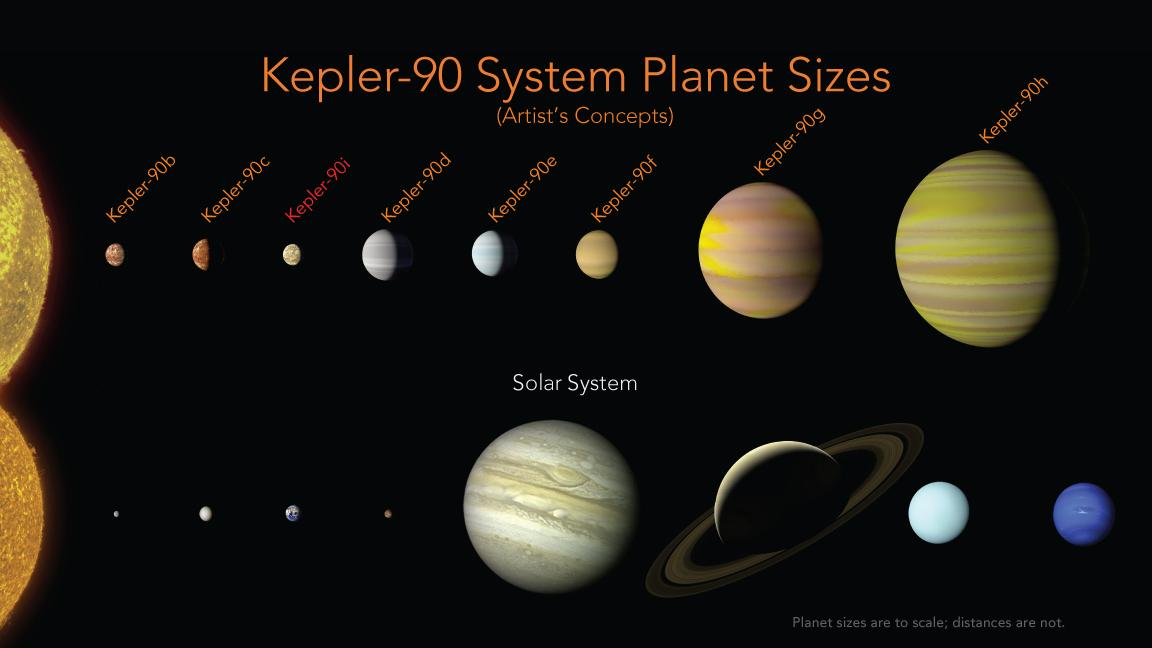Kepler-90g on:
[Wikipedia]
[Google]
[Amazon]
Kepler-90g (also known by its Kepler Object of Interest designation ''KOI-351.02'') is a super-puff 
exoplanet
An exoplanet or extrasolar planet is a planet outside the Solar System. The first possible evidence of an exoplanet was noted in 1917 but was not recognized as such. The first confirmation of detection occurred in 1992. A different planet, init ...
orbiting the early G-type main sequence star Kepler-90
Kepler-90, also designated 2MASS J18574403+4918185, is an F-type star located about from Earth in the constellation of Draco (constellation), Draco. It is notable for possessing a planetary system that has the same number of observed pla ...
, one of eight planets around this star discovered using NASA
The National Aeronautics and Space Administration (NASA ) is an independent agency of the US federal government responsible for the civil space program, aeronautics research, and space research.
NASA was established in 1958, succeeding t ...
's Kepler space telescope. It is located about from Earth, in the constellation Draco. The exoplanet was found by using the transit method, in which the dimming effect that a planet causes as it crosses in front of its star is measured. It orbits its parent star about every 210.5 days at a distance of 0.71 astronomical units.
Kepler-90g's orbital period changes by 25.7 hours between two consecutive transits, caused by gravitational perturbations from other planets in the system. Additionally, changes in the depth and duration of transit events led to an exomoon being hypothesized to orbit this planet. However, this candidate moon was later found to be a false positive.
A 2020 analysis of transit-timing variations of Kepler-90g and h found a best-fit mass of for planet g. This is between the masses of Uranus and Neptune
Neptune is the eighth planet from the Sun and the farthest known planet in the Solar System. It is the fourth-largest planet in the Solar System by diameter, the third-most-massive planet, and the densest giant planet. It is 17 times ...
. Given a transit-derived radius of , Kepler-90g was found to have an extremely low density of , unusually inflated for its mass and insolation. Several possible explanations for its apparently low density include a puffy planet with a dusty atmosphere or a smaller planet surrounded by a tilted wide ring system (albeit the latter option is less likely due to the lack of evidence for rings in transit data).

See also
* Kepler-1625b *Kepler-51
Kepler-51 is a Sun-like star that is only about 500 million years old. It is orbited by three super-puff
A super-puff is a type of exoplanet with a mass only a few times larger than
Earth's but with a radius larger than that of Nept ...
* HIP 41378 f
References
{{DEFAULTSORT:Kepler-90g Exoplanets discovered by the Kepler space telescope Exoplanets discovered in 2013 Transiting exoplanets Giant planets Draco (constellation)